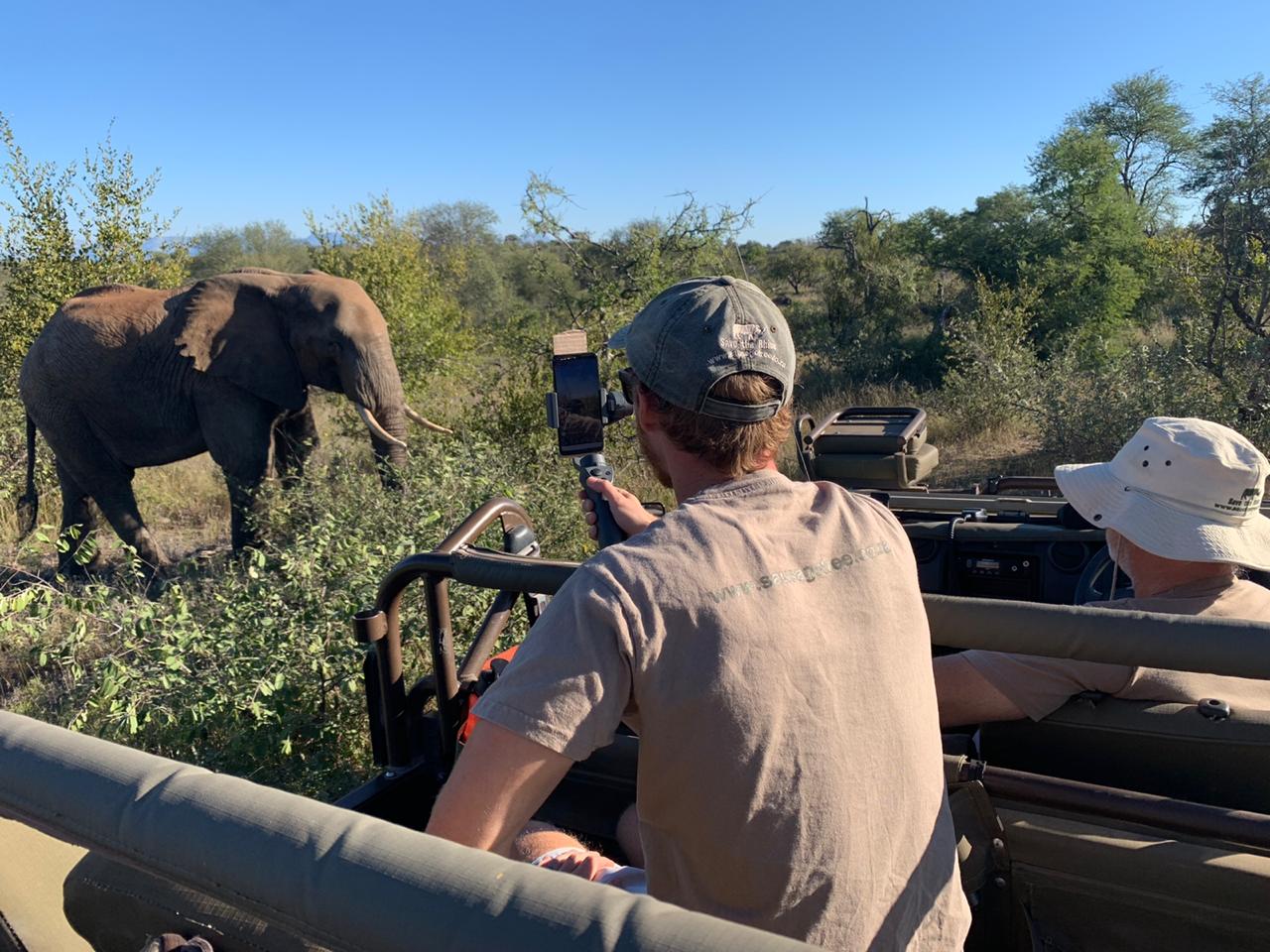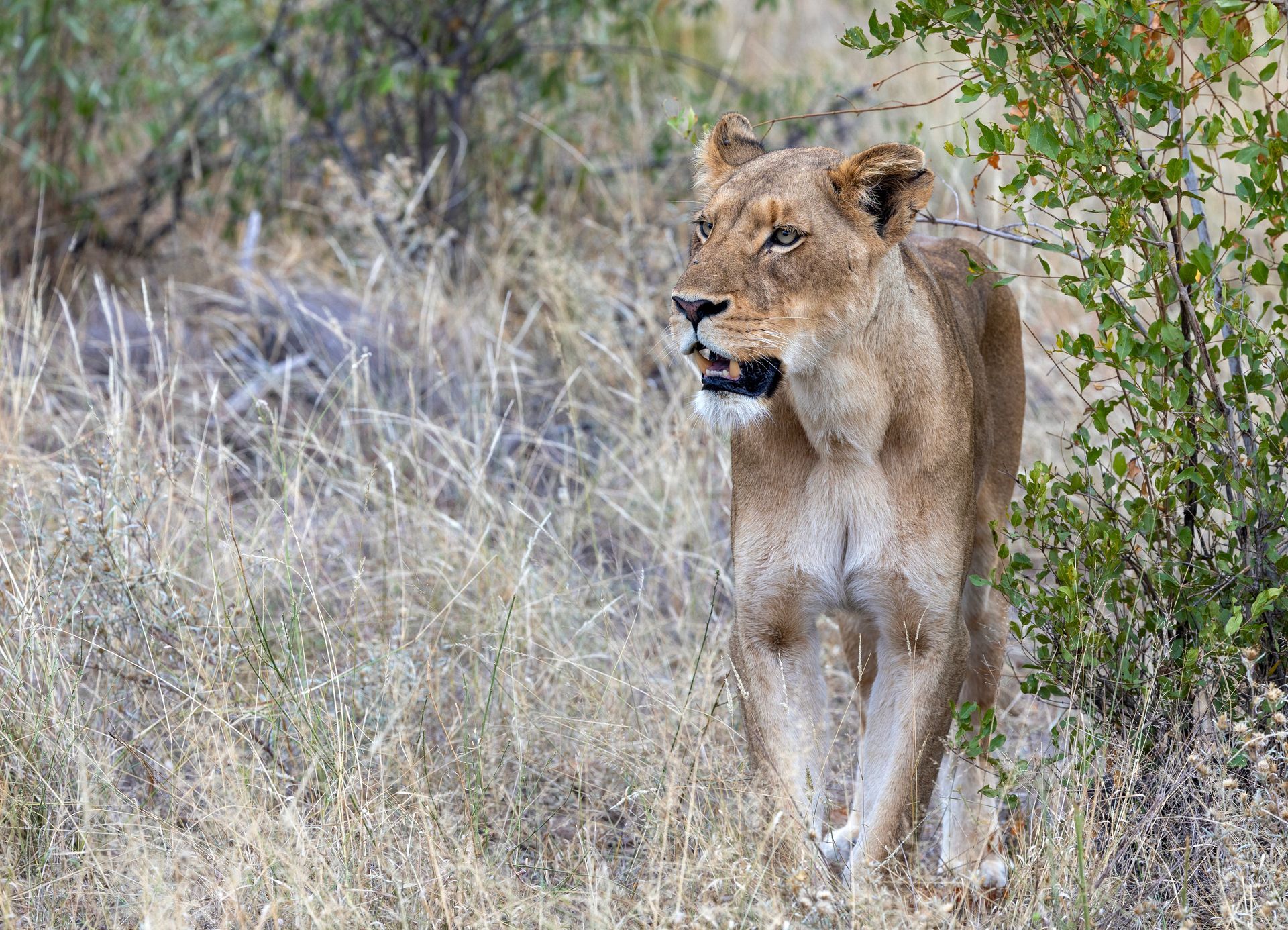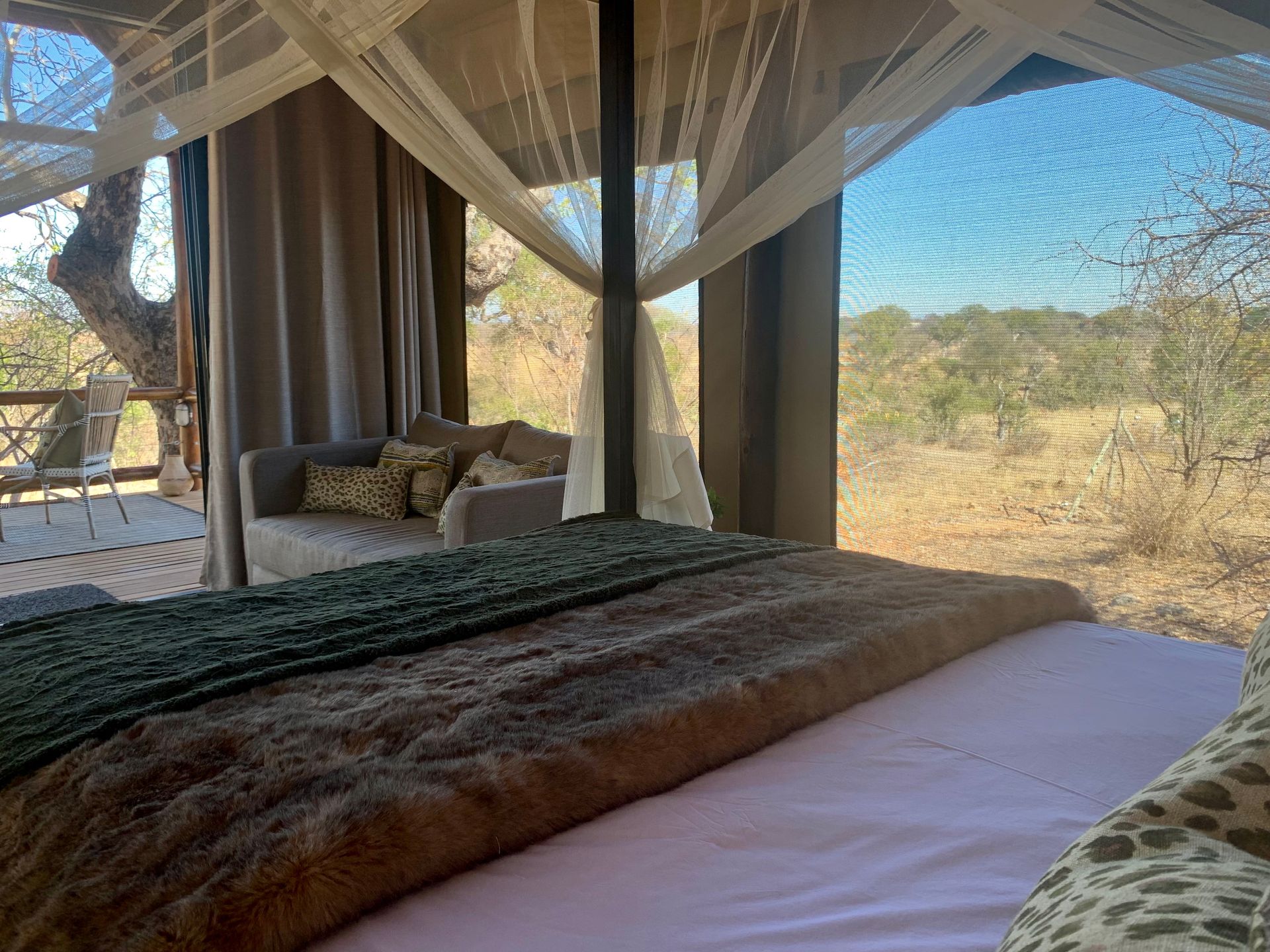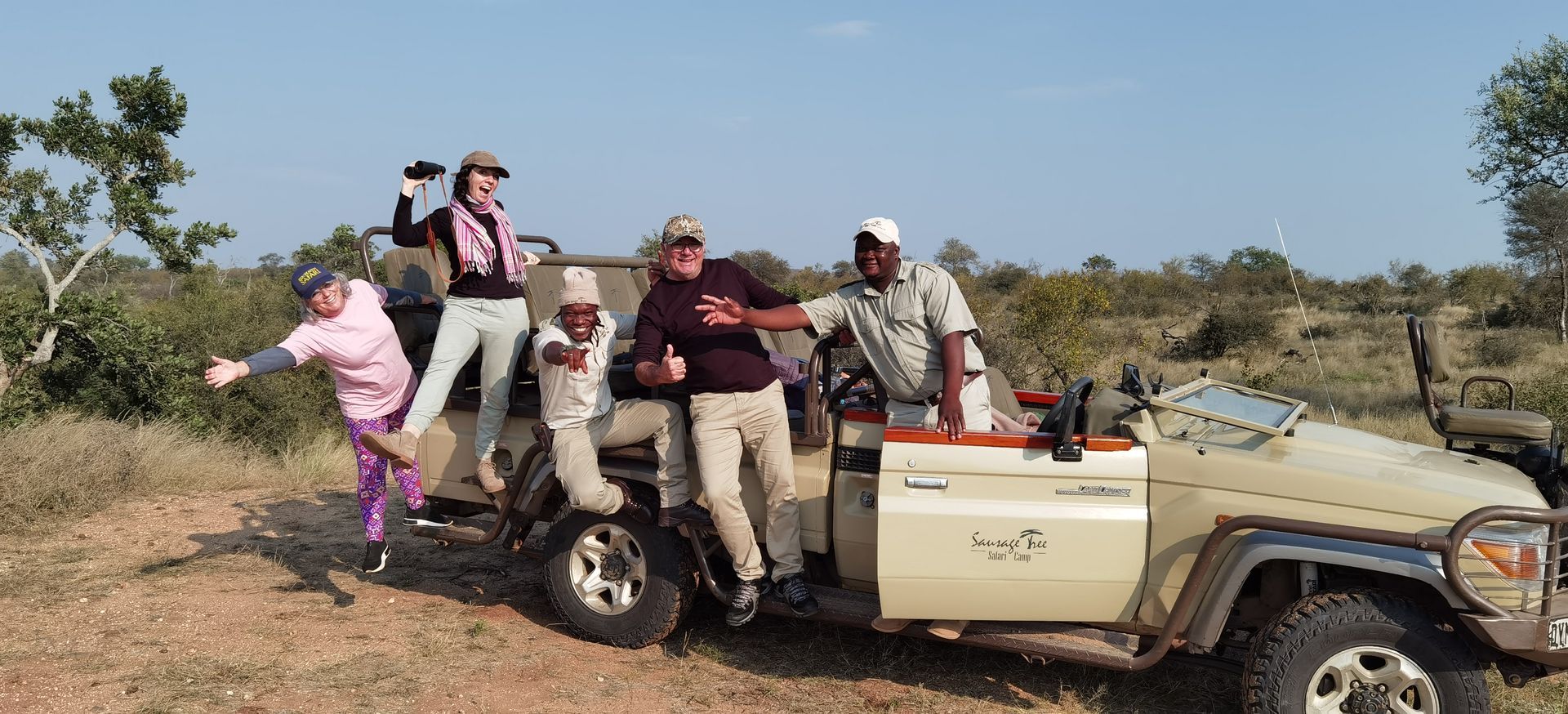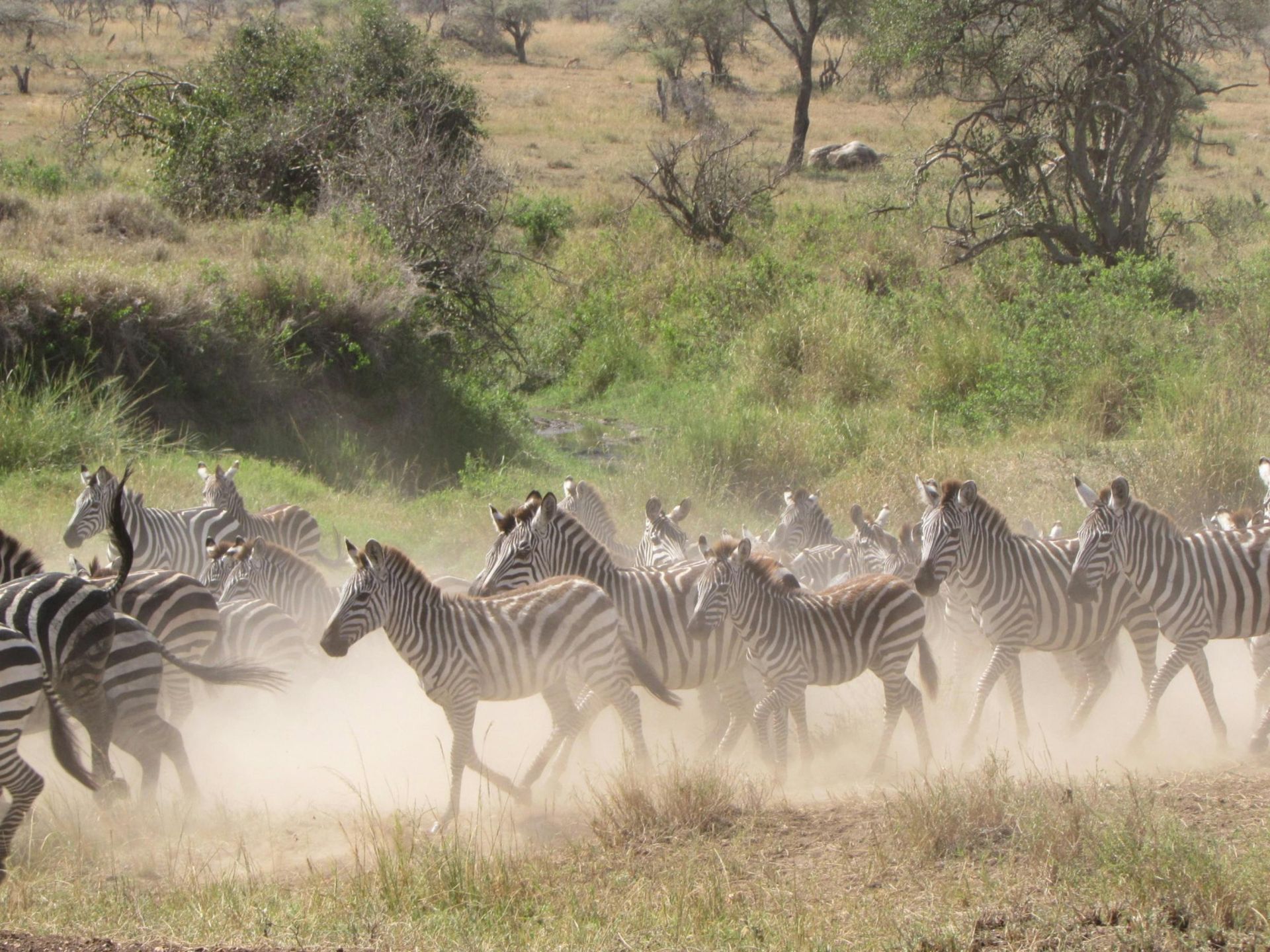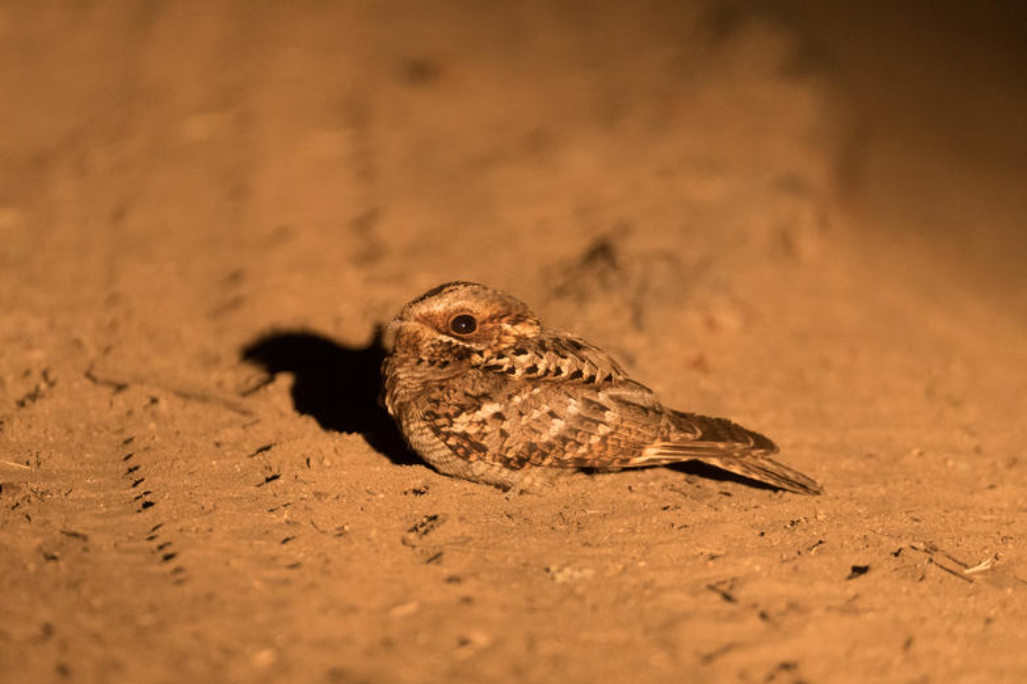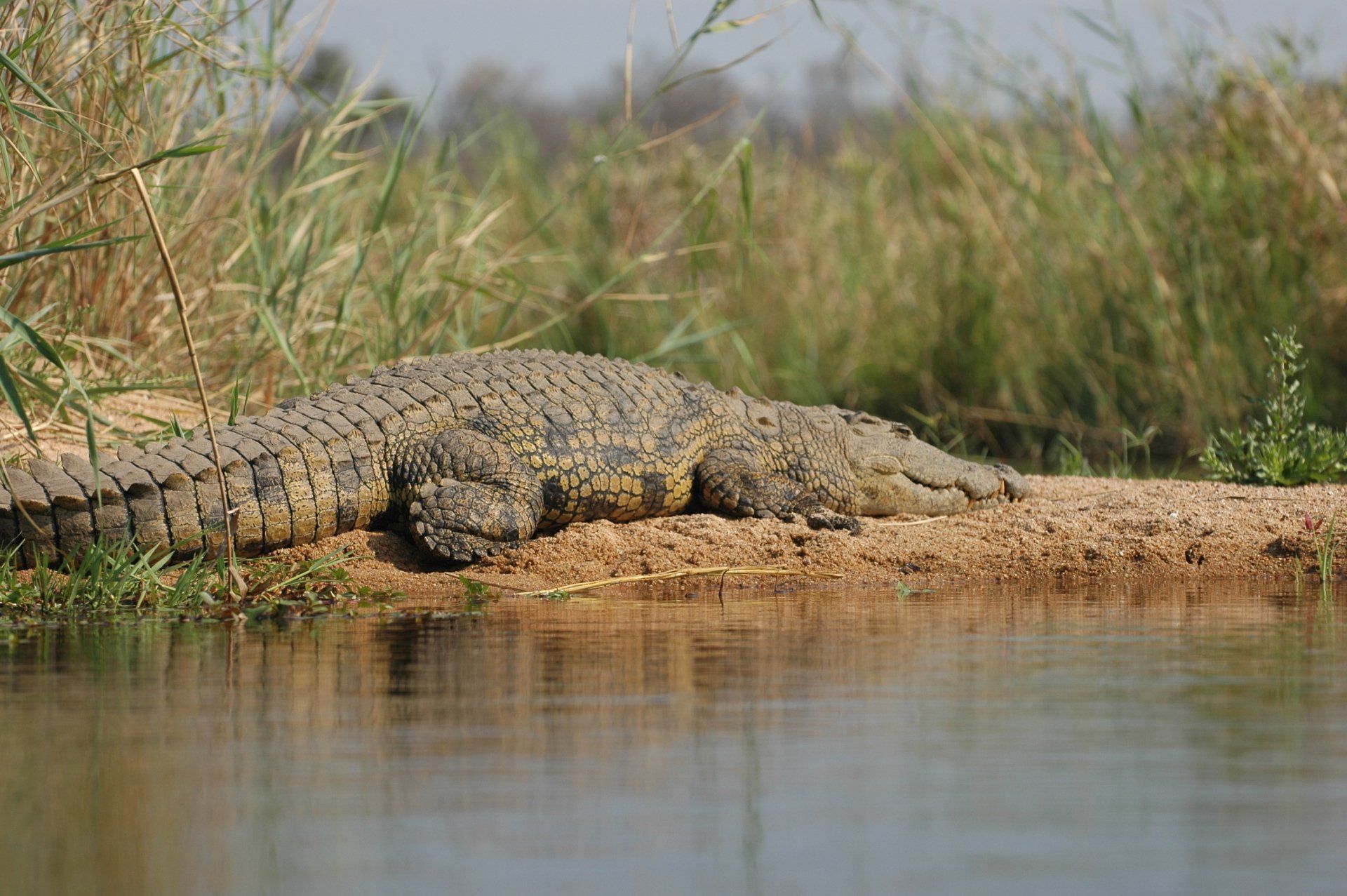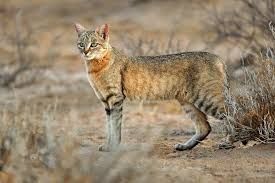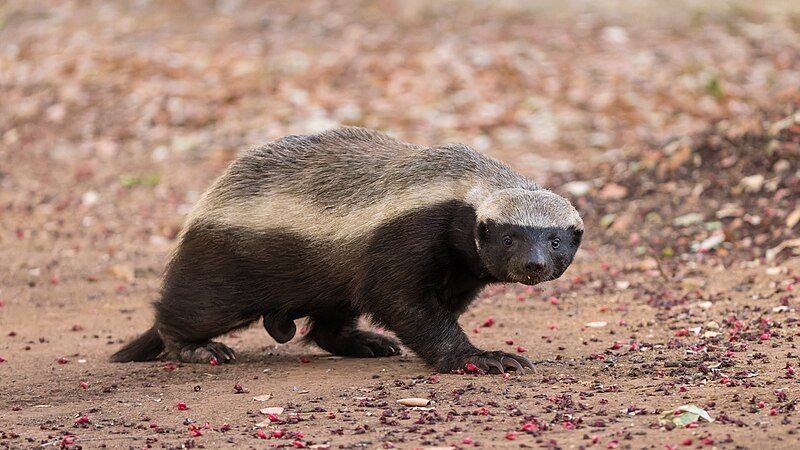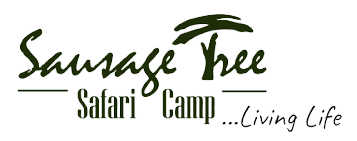
Our Wild Dog pack back story
A Story of Resilience...
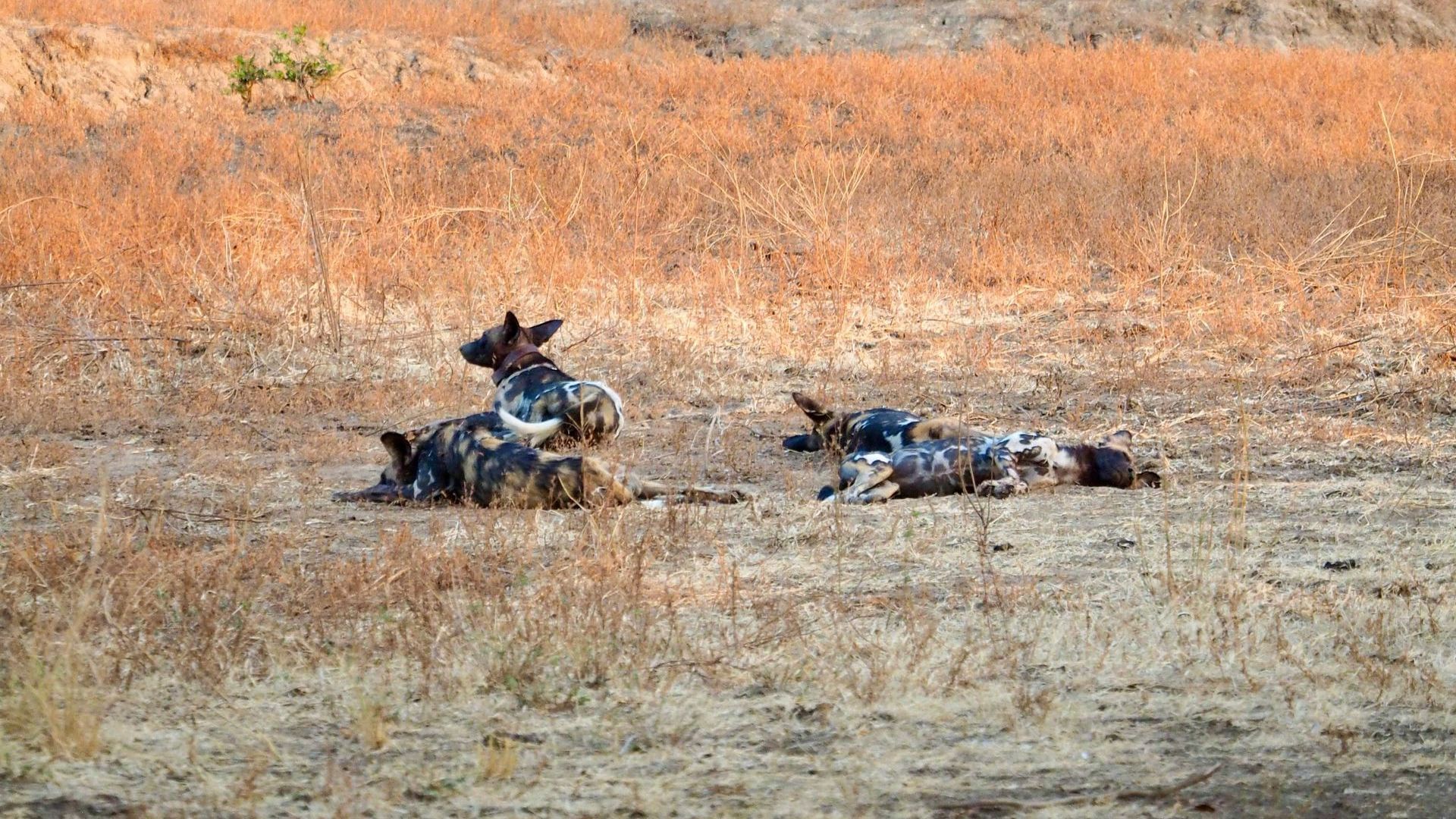
Around three years ago a very small pack of four adult African Wild dogs appeared on our Olifants West Nature Reserve in Greater Kruger. Occasional sightings of this pack of three males and one female were always a thrill for guests and guides alike.
Unfortunately African Wild Dogs are critically endangered and there are only a total of approximately 400 currently in the whole of South Africa most of which reside in and around Kruger Park. There are only some 6,600 left in Africa.
Back at the beginning of the twentieth century in the Sabie protected area , which was rechristened Kruger National Park , wild dogs were abundant. However they were shot on sight by farmers and Kruger rangers alike even up to the mid 1970s as they were generally considered vermin. Today snares account for the majority of fatalities which is not the case on Olifants West Nature Reserve thanks to the relentless patrolling by our all female Black Mamba environmental monitors.
However there have been several deaths of Wild Dogs being hit by vehicles outside of our protected area. Wild Dogs demand very large home ranges and will quickly and easily dig under fence-lines crossing main roads to get to other game reserves.
Getting back to our mini pack of Wild Dogs, around a year ago visits into our area became more frequent. Six months ago the female showed signs of being pregnant , the gestation period being three months. We were hoping strongly that when the time came to den they would settle in our traversing area. We got lucky and about three months ago we discovered their den and a litter of 12 pups were seen for the first time. Within one week they moved den , still within our area. At this point they were down to nine pups.
The average newborn to adult mortality rate is 50%. One pup disappeared in quick order but then for around three weeks we were enjoying glorious sightings whilst keeping a respectful distance from the den.
Then disaster….the adult mother was observed to have severe injuries presumably from an encounter with a lion , leopard or hyena. Our reserve WhatsApp group was buzzing with speculation of a veterinary intervention. As such this is very rare, permission needs to given from on high but is sometimes granted if the injured individual is of a species that is critically endangered ie rhino. However before any decision was made the female succumbed to her wounds.
So now there was much informed and uninformed albeit well meaning debate about what to do with the pups. Fortunately they were already weaned as they were over sixteen weeks old so the adult males could hopefully continue to make their frequent, usually impala kills and return to the den and regurgitate meat for the pups in their traditional fashion.
It was decided that there would be no intervention and to let nature take its course… we all held our breath.
For the next two weeks the adult males did a great job and all was well . Then we were amazed to be privileged to witness the approach of a new adult female who appeared seemingly from nowhere but must have broken away from her natal pack somewhere and was looking to find another pack to join. She was immediately accepted . The timing of her arrival was beyond fortuitous, it was incredible.
Then another disaster whilst the pack were away from their den with pups they had a run in with lionesses and lost two pups in the process . They never returned to their den and left our area heading south and we thought that would be the last we would see of them .
Luckily we were wrong and we saw them again two weeks later and have enjoyed regular sightings ever since.
As you can see from this very recent video, courtesy of Daniel Kavesh from Seattle , one of our guests at our Sausage Tree Safari Camp , the pack is thriving , the pups are growing , just five in number, and in a few months, all being well, will be joining in with the pack hunts.
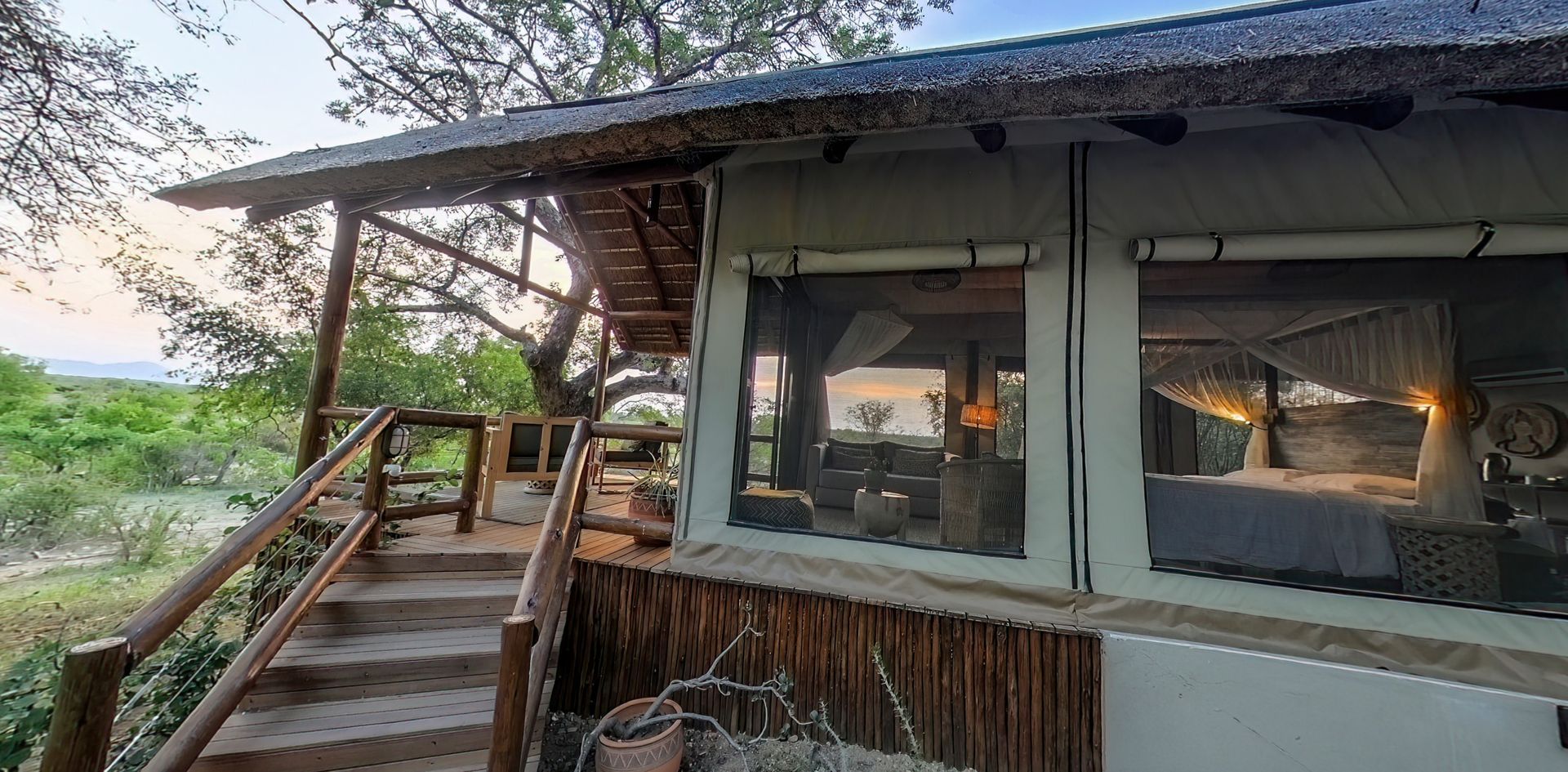
GREATER KRUGER PARK
25 Cambridge
Olifants West Nature Reserve,
Hoedspruit, 1380
Website built by
www.safariweb.online
Contact Us
Tel/Fax: +27 (0)15 793 0098
Emergency (A/H): + 27 (0) 83 682 3331
Email: info@sausagetree.co.za
